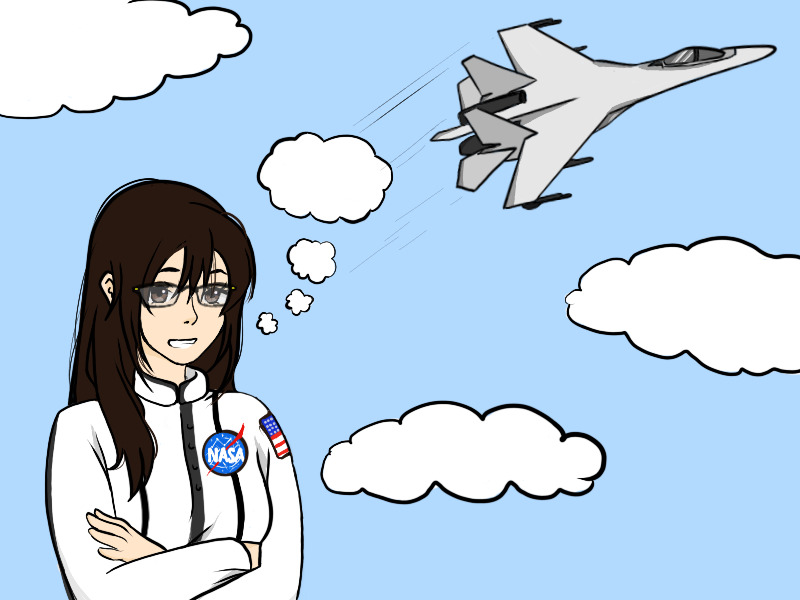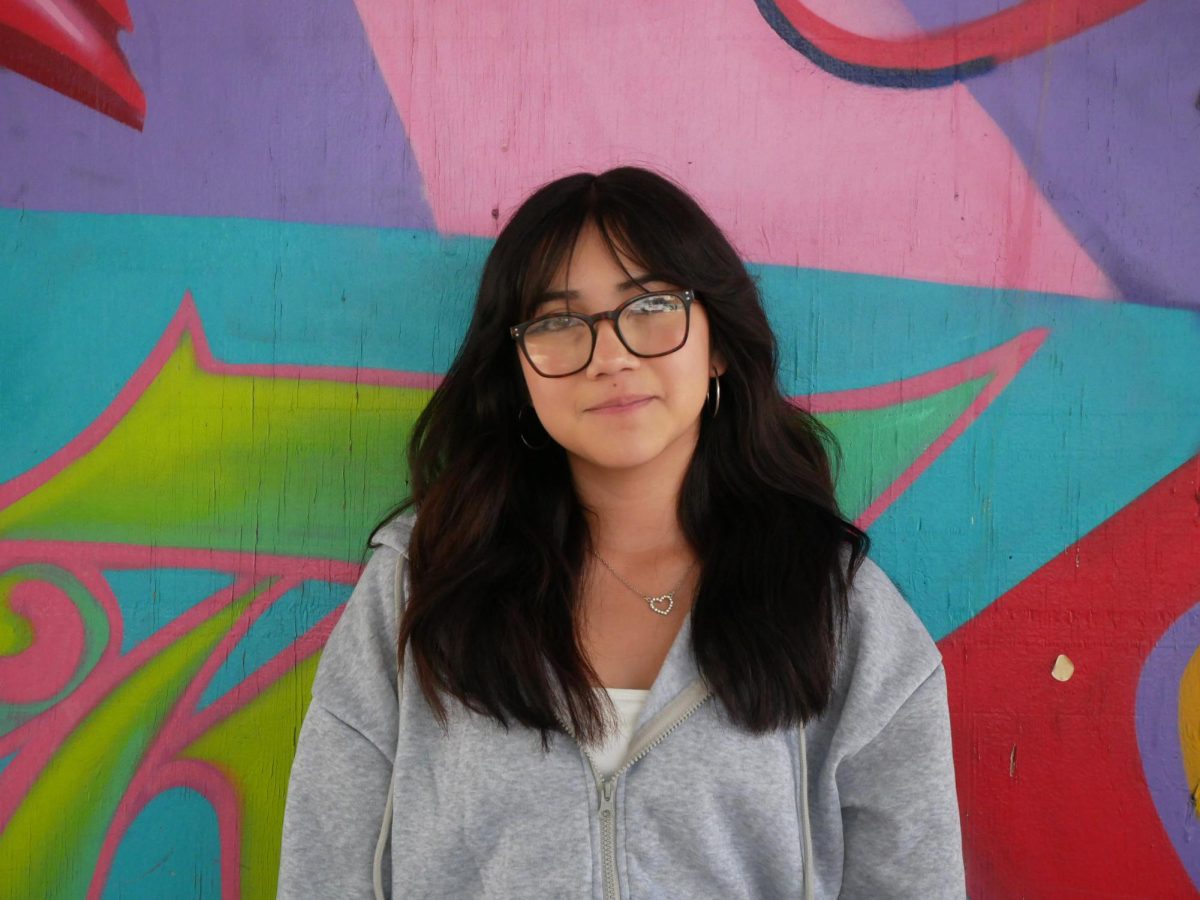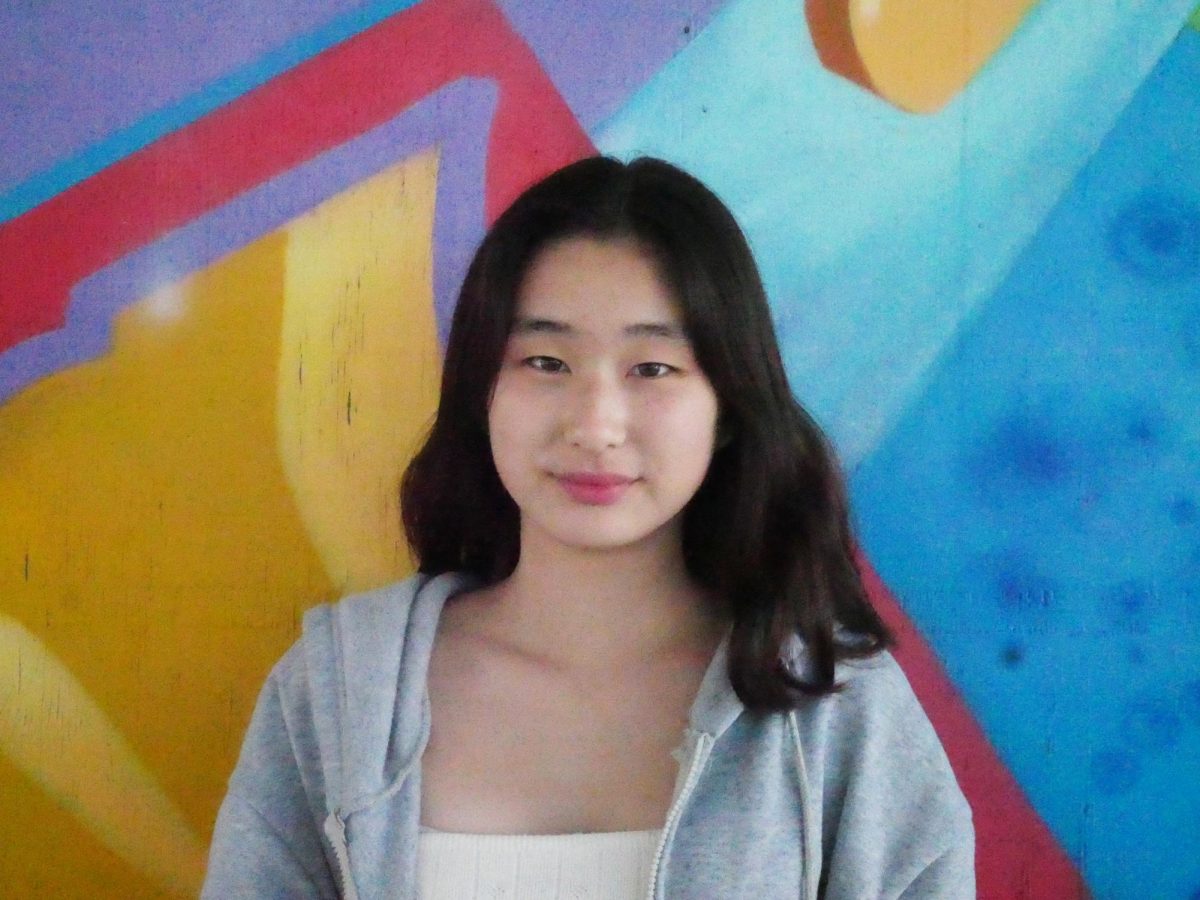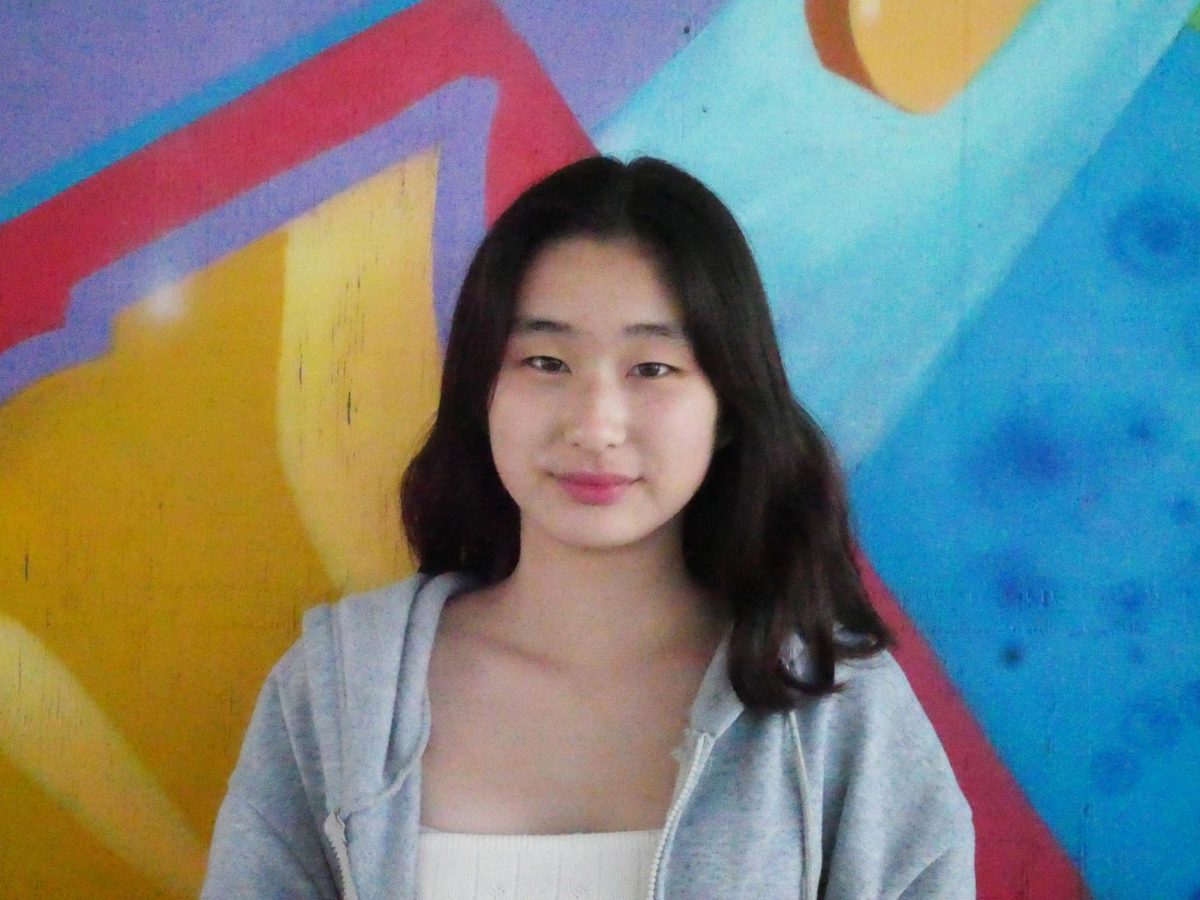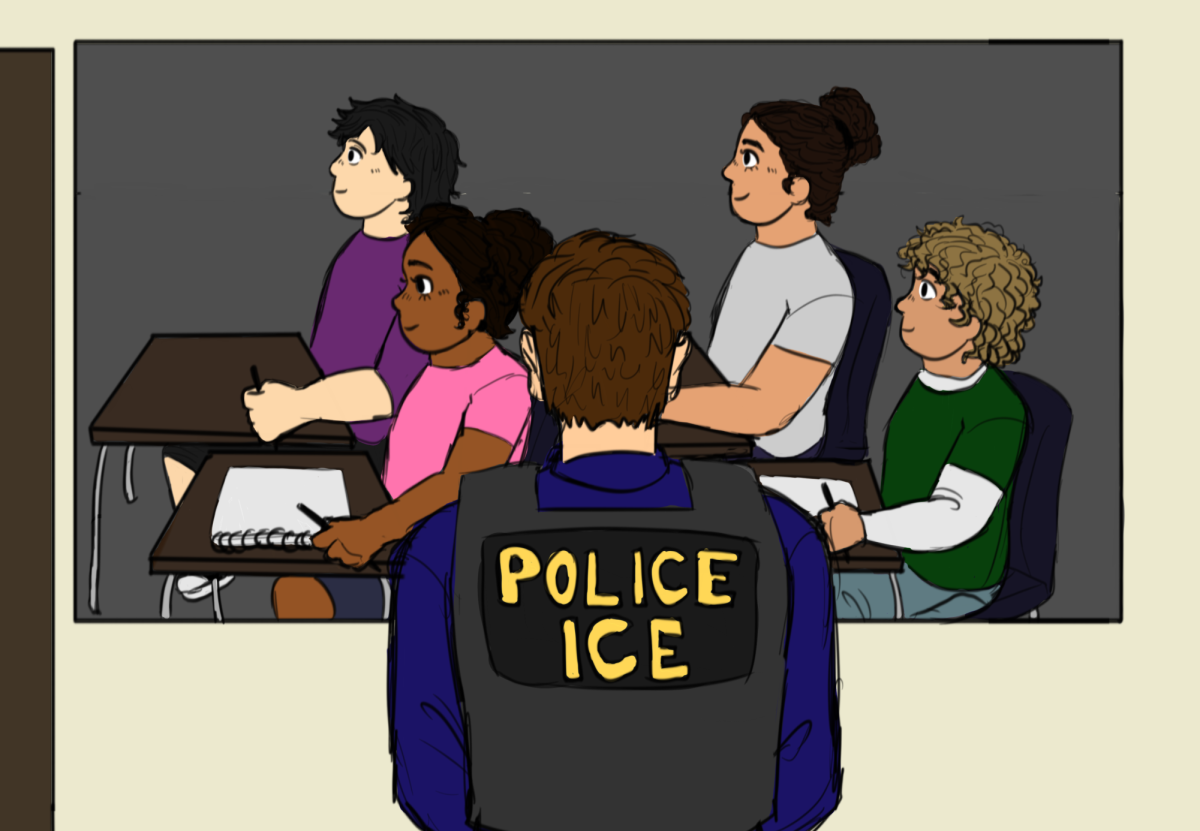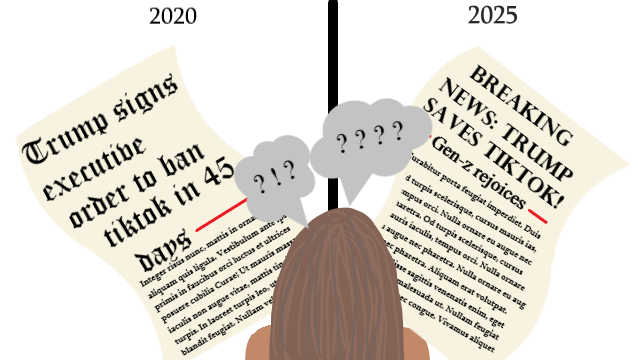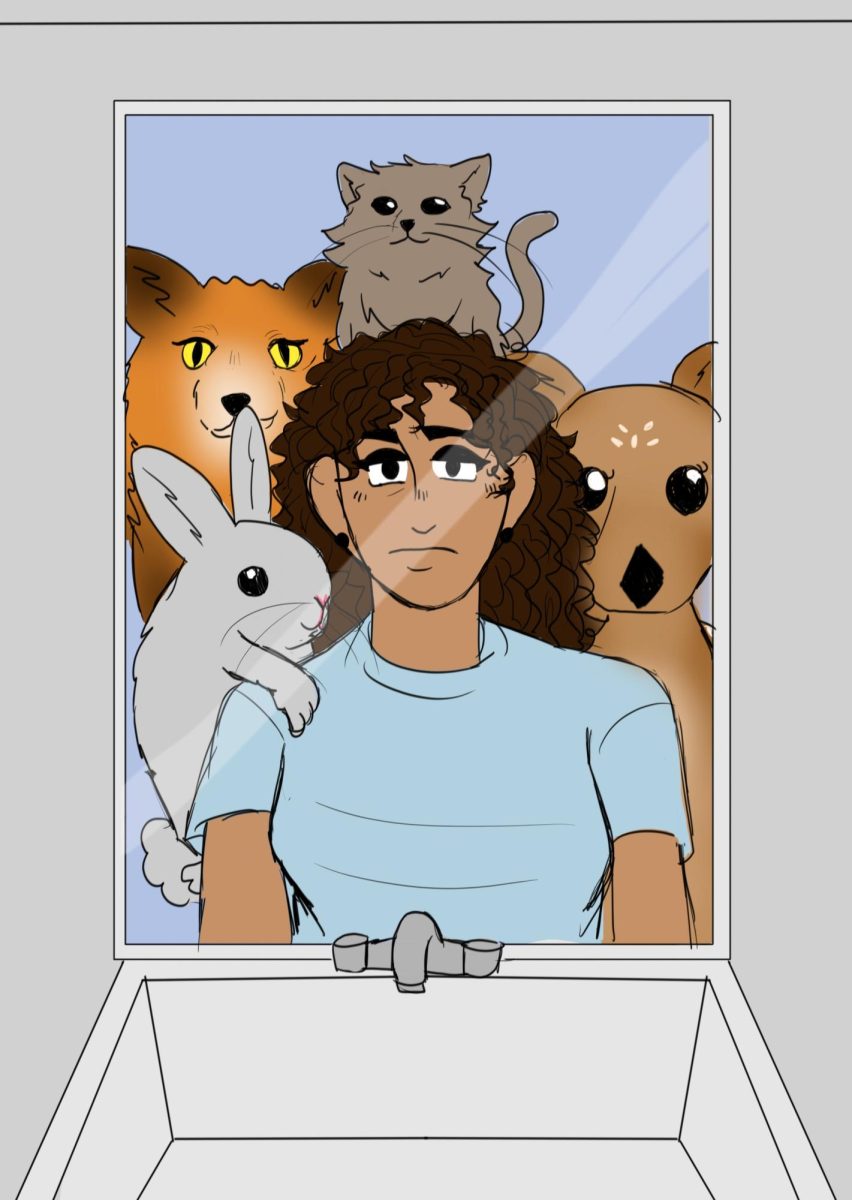What do you want to be when you grow up? The question we are all asked throughout kindergarten, middle school, highschool and so on as we further our education. For me at the age of five that was an easy answer, a professional ice skater–despite having no experience in ice skating. However, as I entered high school I realized I needed to know who I wanted to become, and with the influence of Katya Echazarreta, I found my answer.
After discovering “Who is Katya Echazarreta? The first Mexican-born American woman to fly to space” by As News, a website covering trendy topics from sports to music artists, something caught my eye; the words, “first Mexican born American woman to fly to space.” This is where my curiosity began and as I discovered, Echazarreta made history at only 26 years old.
As explained by As news, Echazarreta was an electrical engineer applying through a rigorous selection process and “beating over 7,000 fellow applicants from over 100 countries.”
Echazarreta was chosen to fly on New Shepard, a launch vehicle developed for space tourism on its fifth crewed flight and 21st mission from Launch Site One in West Texas. Along with five other team members, Echazarreta made her trip to space. She didn’t go empty-handed, she carried Mexico’s flag with her as a symbolic gesture.
I felt a sense of connection and desire to make impactful accomplishments as a young chicana whose family originates from Jalisco, Guadalajara. This excitement only grew stronger when I realized Echazarreta was born in Guadalajara. Something locked away inside me lit up and I suddenly knew I wanted to become an engineer and possibly even an astronaut.
The thought of going into the engineering field was something in the back of my mind for a long time and perhaps it was the fear of stepping into a rigorous career or just the lack of knowledge. Yet, after deciding on what I want to be, something else came to mind, and that was the large imbalance of women and men employed in the field.
As stated by Zippia a website serving to educate on various career paths, in their data set “Engineer Demographics and Statistics in the U.S” made by the Zippia data science team utilizing various units such as the United States Census Bureau for accuracy, “13.7% of engineers are women and 86.3% of engineers are men.”
Though this may seem discouraging at first, I recognized that I wanted to become part of the growing percent of women in engineering and work hard for that increase. A quote that I look to for encouragement and inspiration is taken from an interview with Echazarreta.
During her interview with Space for Humanity, an astronautics company and non-profit organization, Echazarreta commented “As a Mexican engineer who works in the space industry, I know firsthand how few we are. I have always believed that it is not enough to achieve your goals if you do not help others to grow with you. I began to work diligently to help not only students in the United States who have great aspirations like mine, but also students and women in Mexico who hear the same words that I heard too often, ‘it’s not for you’.”
After her trip to space, Echazarreta has continued to inspire her audience and utilize her platforms likeInstagram to educate and give a look into her everyday life. To top off her incredible impact on students like me, Echazarreta has her very own Barbie dressed in a navy blue flight suit.
The article, “Katya Echazarreta Honored With Her Very Own Barbie by Remezcla”, an American media company bringing focus on the Latin American cultural sphere, states “Just in time for International Women’s Day (March 8), Mattel announced that they have created a Barbie doll in Echazarreta’s likeness as part of its Barbie Dream Gap Project, a global initiative the company created in 2018 to ‘raise awareness around limiting factors that prevent girls from reaching their full potential.’”
Moreover, Echazarreta has greatly influenced me and given me the power to push myself to become someone like her and bring success to my community. Thus, Echazarreta helped me realize that becoming an aerospace engineer wasn’t a faraway dream but a reality.

